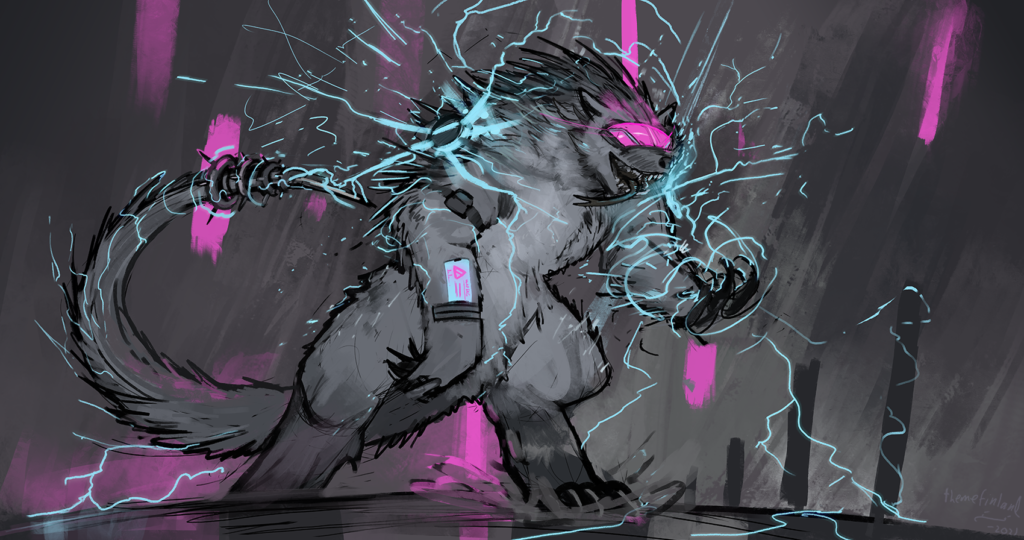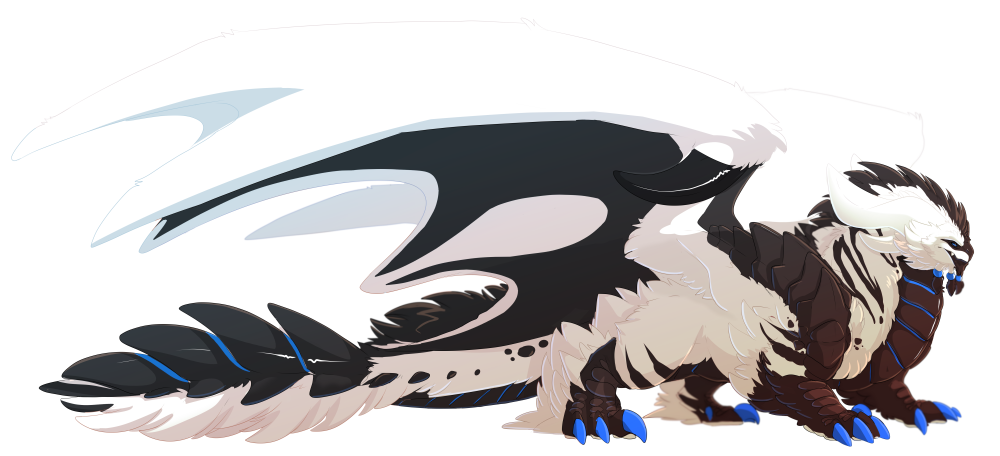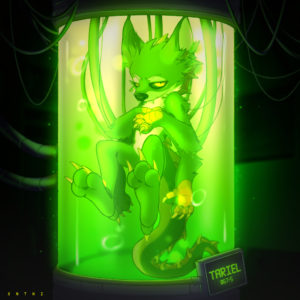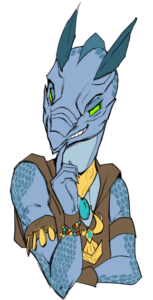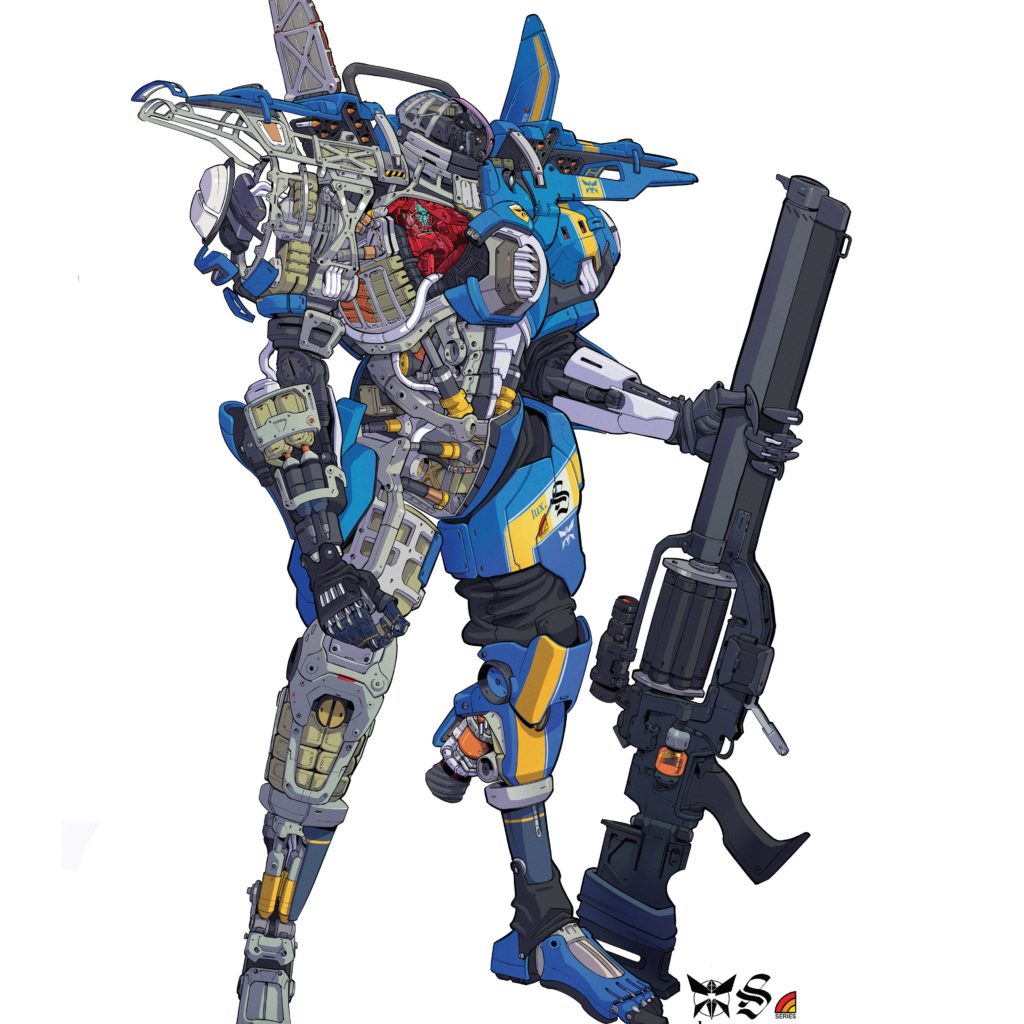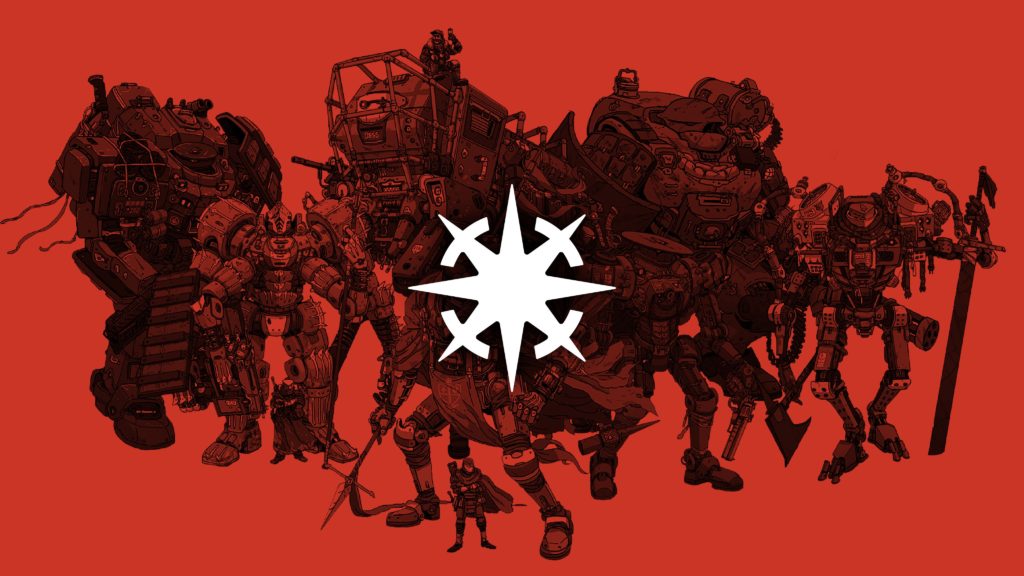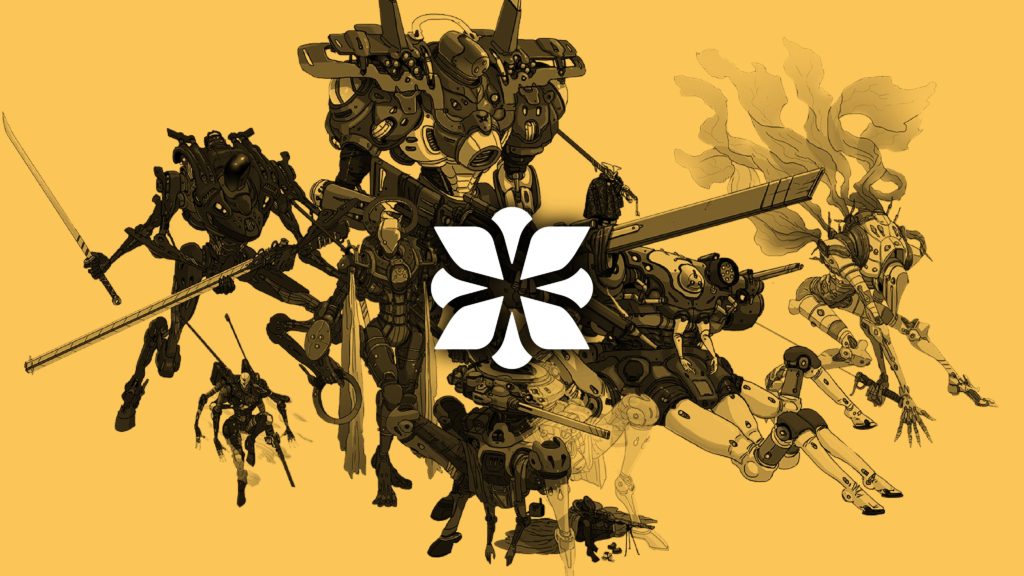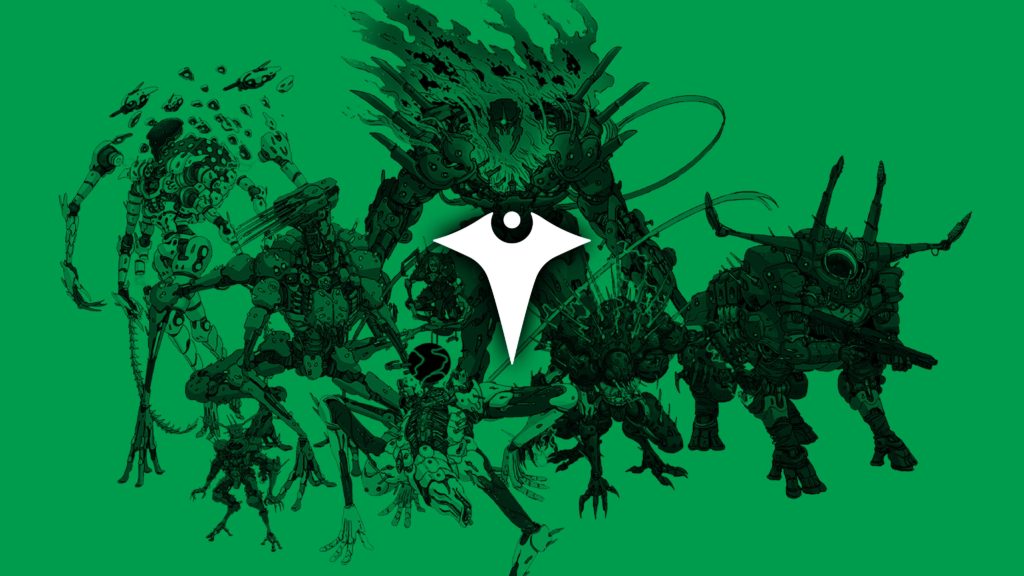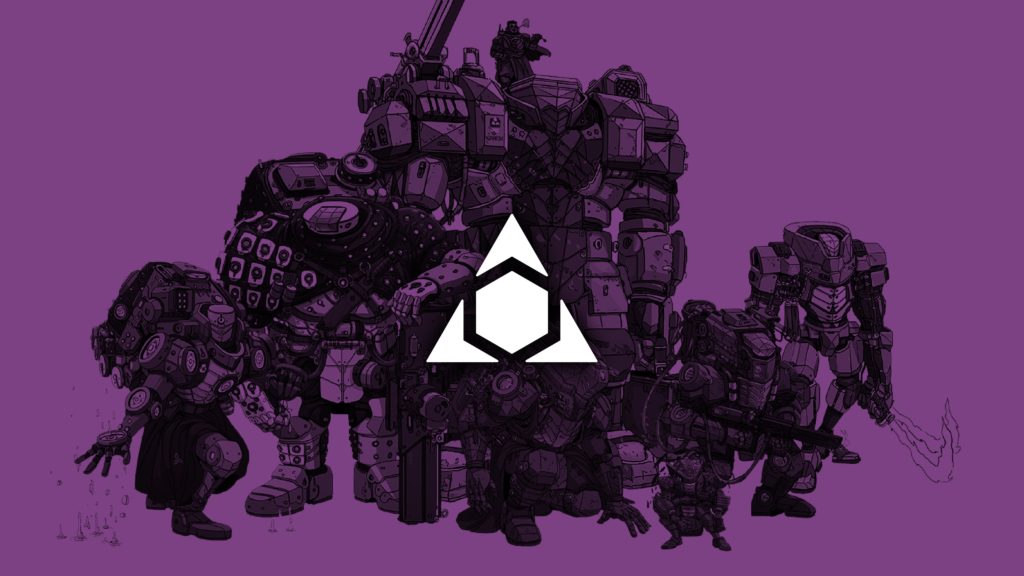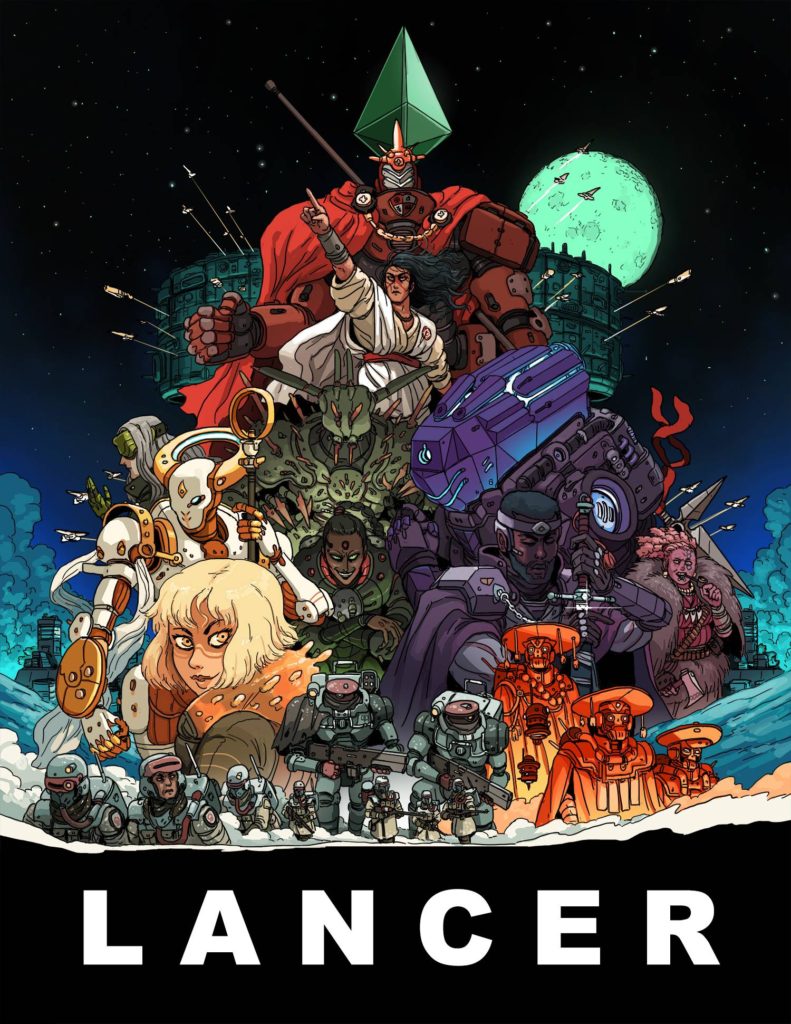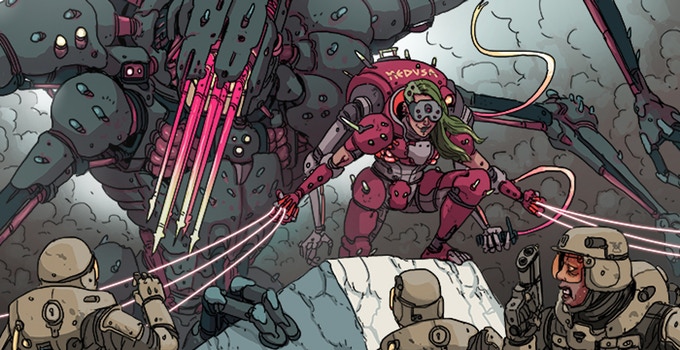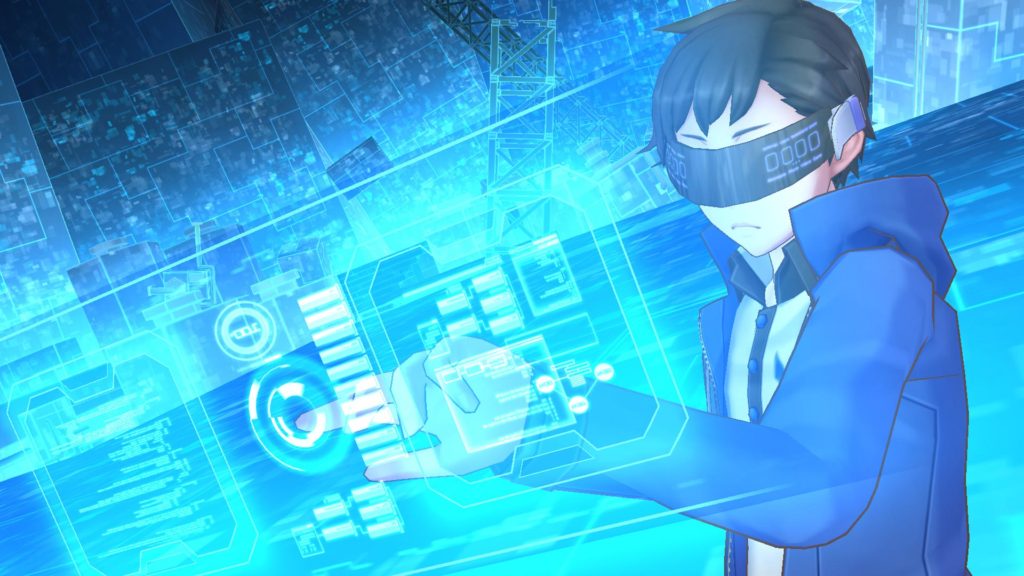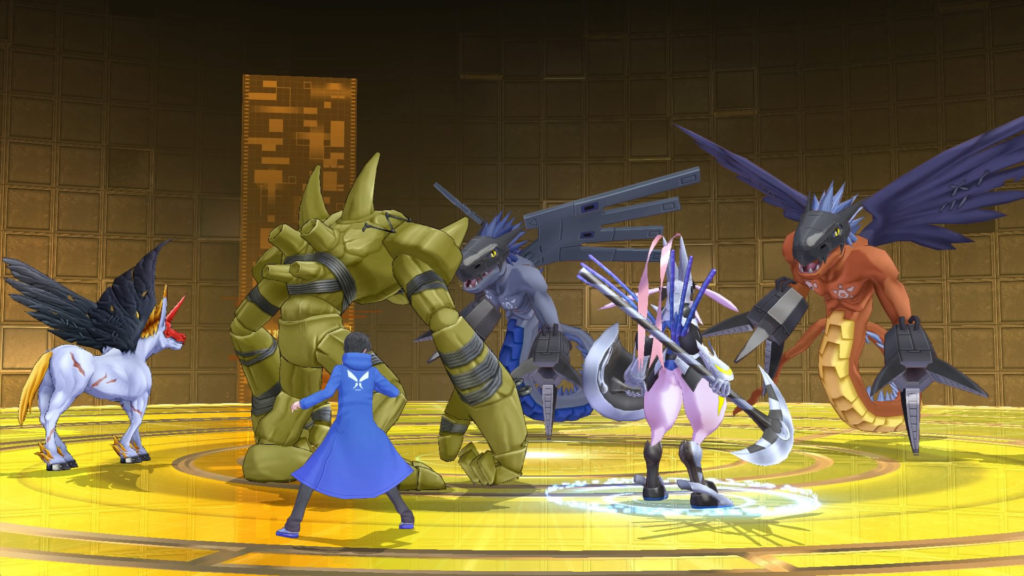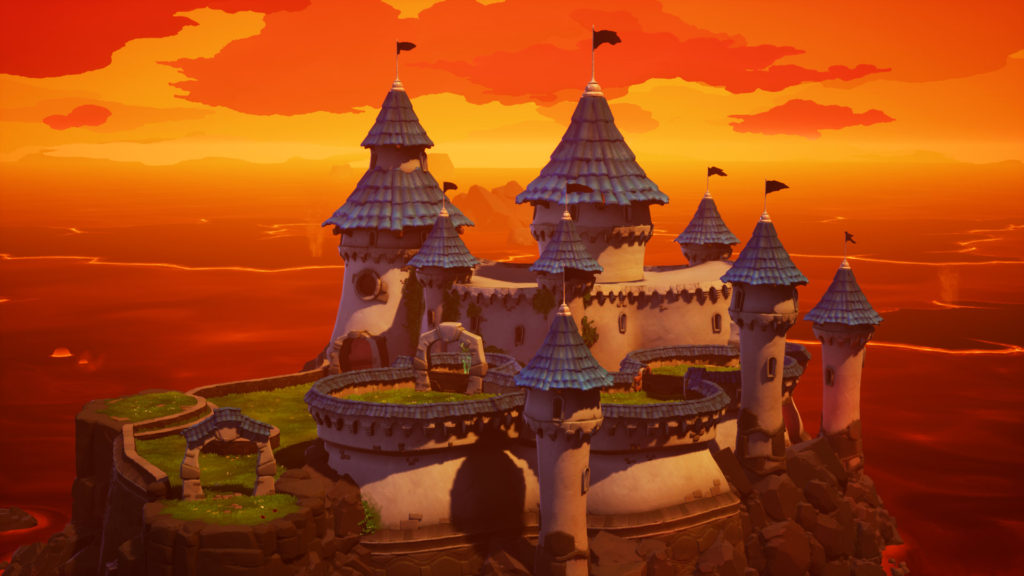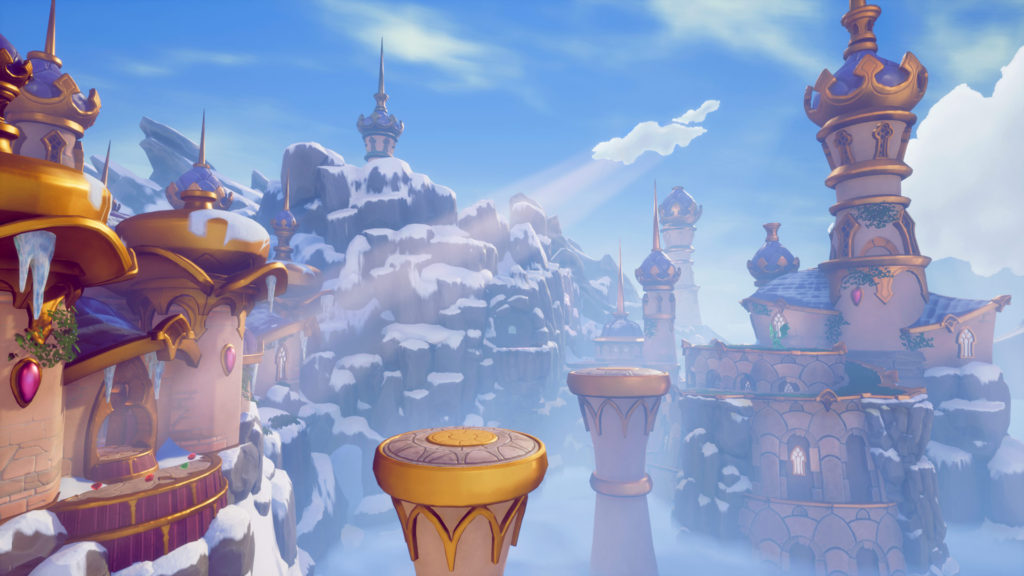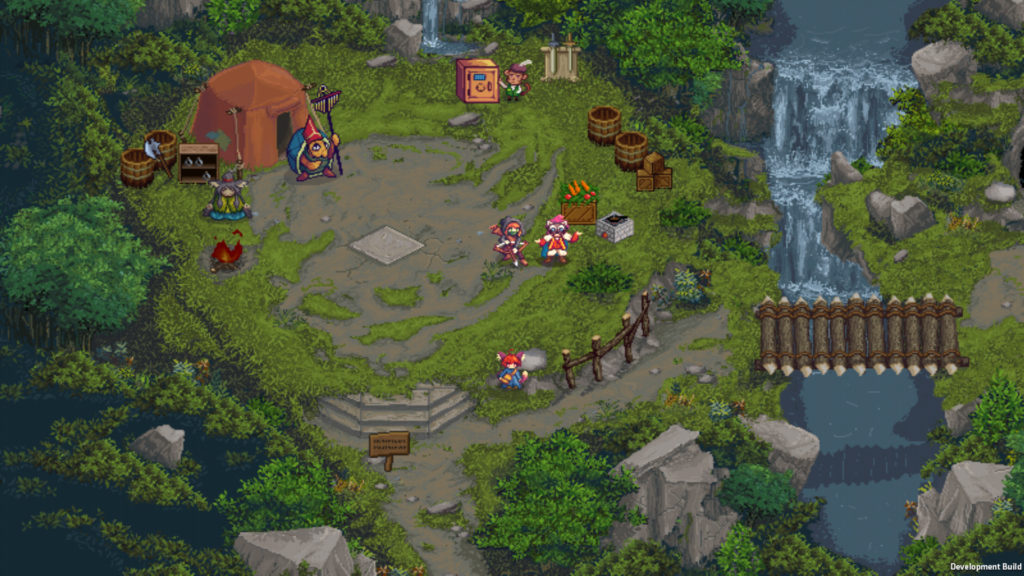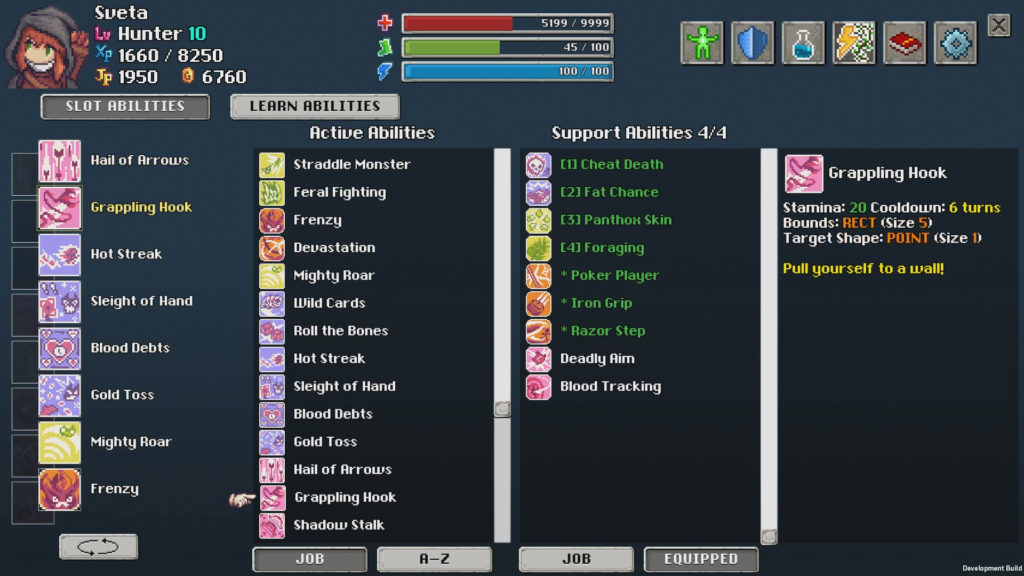It’s that time for Game of the Year discussions, and I find my list is pretty short. This is not because good games didn’t come out this year, but more because I didn’t play them (or enough of them) to have a solid opinion. Here’s a short list of games that seem good, but I can’t really comment on:
God of War
The big one. I’m not entirely sure what I was doing in April, but I didn’t pick this game up until the end of August and still haven’t gotten much of an opportunity to put time into it. People seem to like this game very much, but it’s so different from the old God of War games that it put me off at first. I think approaching it as its own thing would improve my experience, especially since the game seems to have a very strong theme of “new beginnings” anyway.
Marvel’s Spider-Man
The other big one. Swinging around in this game is so much fun but I didn’t pick this up until Black Friday. I’ve had not much time for gaming at all during December, and almost all of what I did have has gone to Smash Bros. This is at the top of the list once the holidays are over, but that’s not soon enough to get mentioned for GOTY discussions.
Ni No Kuni II
As far as gameplay goes, this is way better than the original. This one’s a victim of timing, since it came out while I was still buried in Monster Hunter World. Later, instead of going back to it, I went back to a different long JRPG. Nier: Automata could probably be mentioned here because it’s in a similar situation. Maybe no good JRPGs are going to come out in 2019, and I can finally catch up.
Omensight
I’m not sure what happened with this game. It’s the spiritual successor to a game I liked very much (enough to beat on two platforms): Stories: The Path of Destinies. It got a bit lost in the shuffle when it came out, and they announced a “definitive edition” patch not too long after that, which came out in October. One of the other games I think was great this year took over the time that would have gone here.
Shadows: Awakening
It’s entirely possible I’m the only person who would like this game. Shadows: Awakening is a sequel/remake to Shadows: Heretic Kingdoms, a game that came out when I was trying nearly everything on Steam that looked remotely interesting. I liked the premise but figured I’d come back to it when the story was complete, since Heretic Kingdoms was just supposed to be Chapter 1. This year that happened, but like many of the story-focused games in the above list, I haven’t made time for it.
Honorable mentions…
…to everything that came out in late November/December that isn’t Smash Bros. Ultimate. Mutant: Year Zero looks like my kind of game, and Monster Boy and the Cursed Kingdom is absolutely my type of game. The remasters of Katamari Damacy and Last Remnant would also have gotten a look, but neither of those would have come up in GOTY discussions anyway. (A remaster of We ❤︎ Katamari might have, though.)


